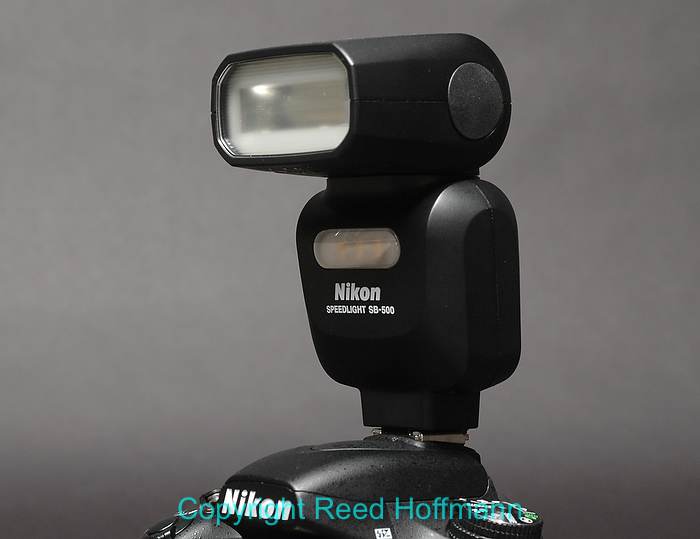Late last year Nikon introduced the SB-500 Speedlight, a small flash powered by two AA batteries. I was curious, but figured it would be too low-powered to do much good. Boy was I wrong.
There are times where being smaller is actually a good thing. Since it only uses two batteries, it’s considerably more compact than the flash I often carry, the Nikon SB-700. But don’t let the size fool you – it’s packed with features.
Let’s start with the basics. I regularly tilt and swivel the head of my flashes to point them in different directions. With most speedlights, to do that you have to press and hold a button to unlock the head from the current position. Not so on the SB-500 – just grab and twist. Much easier. It also comes with a handy little “foot” that you can slide on the hotshoe and then set the flash on any relatively flat surface – floor, table, shelf, hood of a car… But those are just the basics.
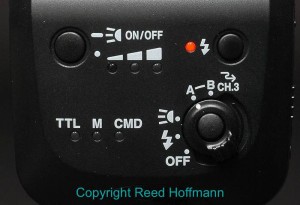
On the back of the SB-500 is a simple control panel that lets you used it as either a Remote or Commander strobe on certain cameras, and also turn on and vary the video light’s power. Photo copyright Reed Hoffmann.
What really won my heart was the back of the flash, where the controls are. I’m a huge fan of adding light to enhance, or even create a picture. The best way to do that often requires getting the flash away from the camera. For years I used wires, and eventually radio remotes. And then Nikon came up with something they call the “Creative Lighting System,” which lets you not just trigger, but control most Nikon speedlights from most of their cameras (vary power, turn them on or off). And guess what? This little flash can be a “Remote” flash in that system, meaning I can trigger it from most of their cameras. Bingo! But wait, there’s more!
In addition to that Remote mode, and regular TTL (exposure controlled by the camera, very accurate), this little baby can also be used in Manual mode and as a “Commander.” Manual is nice, and means you can set it for a certain amount of light and that’s what you’ll get every time (until the batteries wear out). But Commander? That means this strobe can actually be used to control other Nikon Speedlights if those are set in Remote mode (SB-600, SB-700, SB-800, SB-900 and 910, plus one or two others). That, as well as setting it manually, is accomplished through a menu on some of Nikon’s cameras (right now just the D750 and D810). This is one versatile little flash.
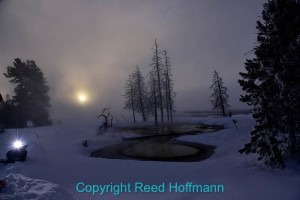
I loved this early-morning scene at Old Faithful during our recent workshop, but there just wasn’t enough light to really see the ice coating the nearby tree. I solved that by using the SB-500. Nikon D750, Aperture Priority, ISO 200, 1/320 at f/8, EV -0.3, Nikon 24-120mm f/4 lens at 24mm. Photo copyright Reed Hoffmann.
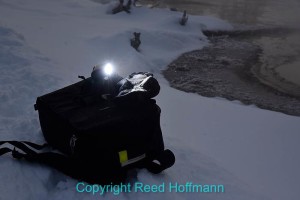
I used the foot on the base of the SB-500 to stand it on top of my Thinktank backpack, then my gloves under the front to keep the flash from burning out the snow in the foreground. And of course, the flash is being triggered by my camera in Commander mode. Nikon D750, Aperture Priority, ISO 200, 1/320 at f/13, EV -1.0, Nikon 24-120mm f/4 lens at 52mm. Photo copyright Reed Hoffmann.
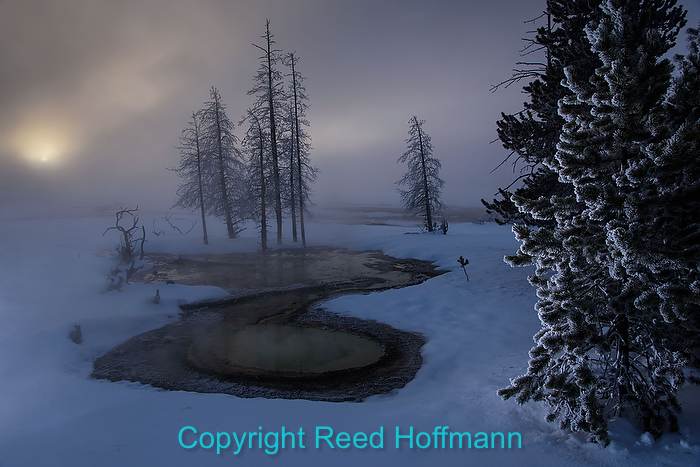
This turned out to be one of my favorite photos from the trip, and wouldn’t have been possible without the SB-500. Nikon D750, Aperture Priority, ISO 200, 1/160 at f/8, EV 0.0, Nikon 24-120mm f/4 lens at 27mm. Photo copyright Reed Hoffmann.
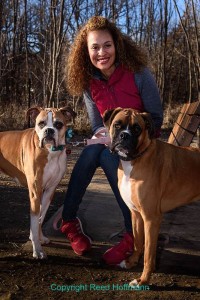
On this shoot I didn’t expect to need flash, but having it in my bag, and powering it down one stop (-1.0 flash EV) gave a beautiful kiss of fill light, as well as catchlights in everyone’s eyes. NikonD750, Aperture Priority, ISO 200, 1/200 at f/7.1, EV -0.7, Nikon 24-120mm f/4 lens at 50mm. Photo copyright Reed Hoffmann.
Oh, and finally, any of you who shoot video with your still camera know there are times where there’s just not enough light, and flash really doesn’t help. You need a constant light source. So Nikon built one into the SB-500, a little LED light in the front that you can set to three levels of brightness, and it really puts out some light! Normally, changing power on inexpensive LED lights will change the color temperature, making them a challenge to use. Not so here. This light has been color balanced to Daylight, and remains that way through all three levels.
I often tell people that whenever possible, I try to have a flash in my bag, because you never know when it might come in handy. But that’s another thing to carry, and they’re not particularly small or light. Until now. The price is right, too. Normally about $250, I’ve seen them on sale for about $200. Which means that from now on, it will be a rare day I don’t have a flash with me. After all, if it’s this small and good, why not?
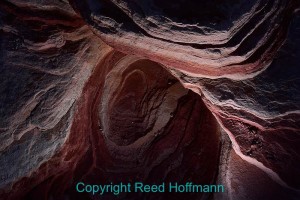
I found this lovely pattern in Valley of Fire, but it was in shade so the color and texture didn’t show very well. By putting the SB-500 at my feet, I could add light at a low angle to really bring it to life. Nikon D750, Manual exposure, ISO 100, 1/80 at f/11, Nikon 20mm f/1.8 lens .Photo copyright Reed Hoffmann.

